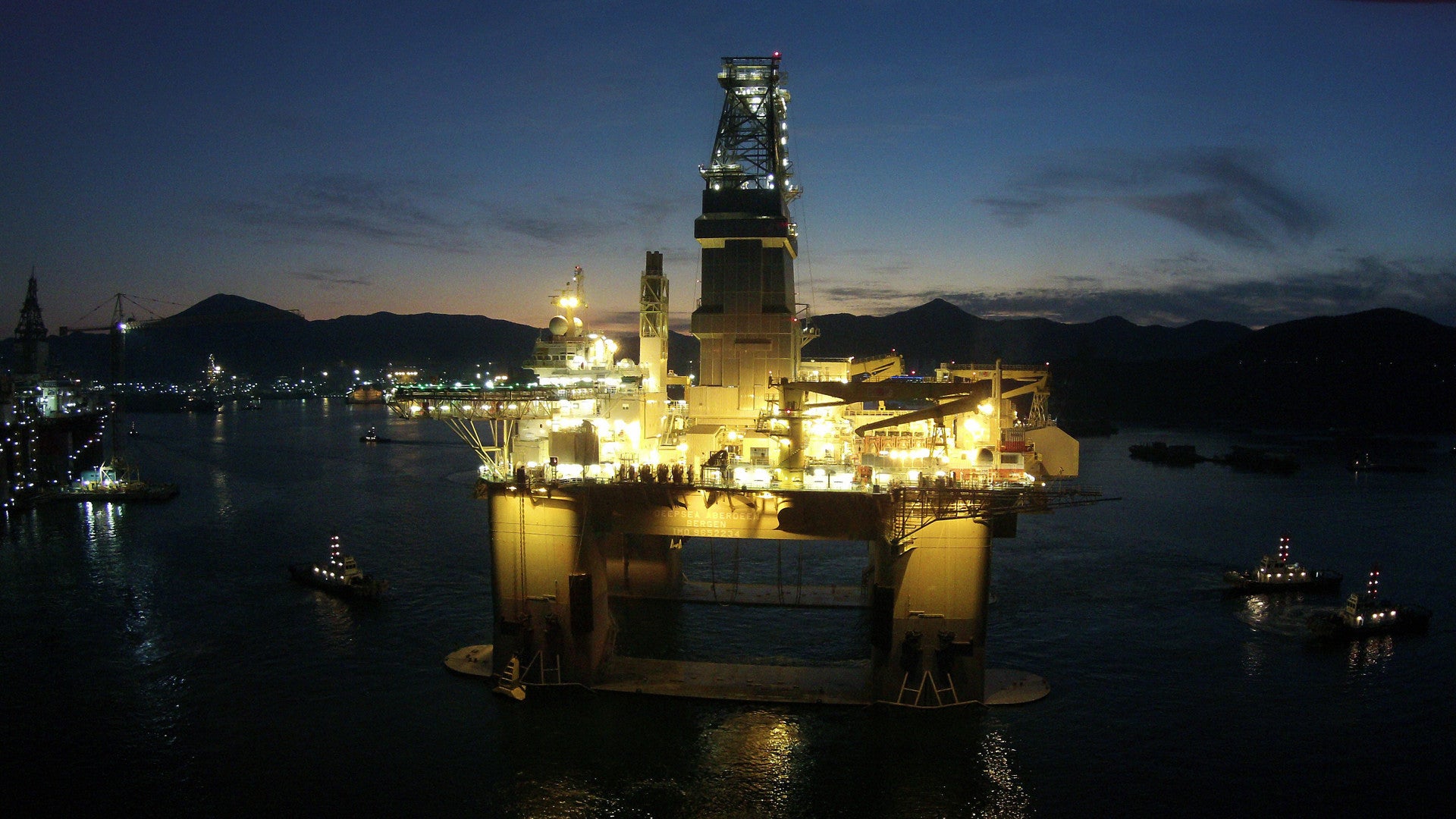
Wintershall Dea has made significant gas, condensate and oil discovery at the Dvalin North prospect in the Norwegian Sea.
The discovery follows drilling of the wildcat well 6507/4-2 S, which encountered hydrocarbons in primary and secondary targets.
The German company estimates that the Dvalin North discovery holds between 33-70 million barrels of oil equivalent (boe).
This primary exploration target at the well was to validate the presence of petroleum in Middle Jurassic reservoir rocks, the Garn Formation.
The well’s secondary exploration target was to verify petroleum in two reservoir levels from the Late Cretaceous, in the Lysing and Lange formations.
Wintershall said it also identified hydrocarbons at the well’s two shallower secondary targets, with a total estimate of 38-87 million boe.
Wintershall Dea CTO Hugo Dijkgraaf said: “This important find supports our strategy of primarily investing in infrastructure-led exploration activity which will yield synergies with existing fields.”
The well has been drilled using the Deepsea Aberdeen rig, which will now be moved to appraise the nearby Bergknapp discovery.
Wintershall Dea and its licence partners, Petoro and Sval Energi, in Production License (PL) 211 plan to assess the discovery’s development options.
The well is located 12km north of the Wintershall-operated Dvalin field, and 270km north of Kristiansund.
Wintershall Dea Norge managing director Alv Solheim said: “With Maria, Dvalin and now this discovery in Dvalin North, the Haltenbanken area has emerged as a strategic core area for Wintershall Dea in Norway.
“The next step will be to turn these discoveries into producing fields. This find secures our position in the area and promises to support more activity in the years to come.”



